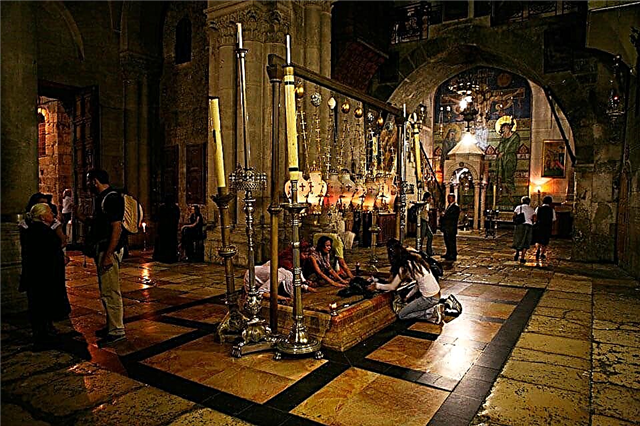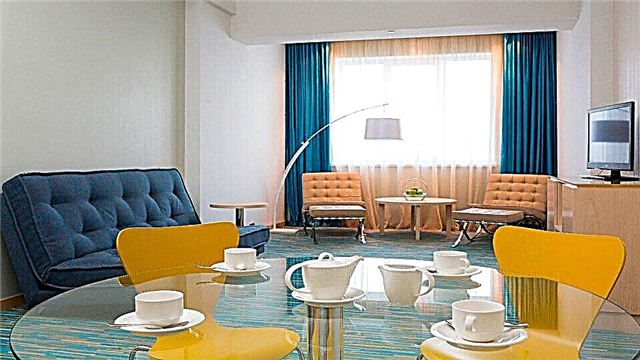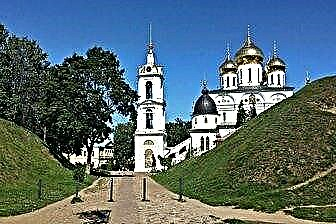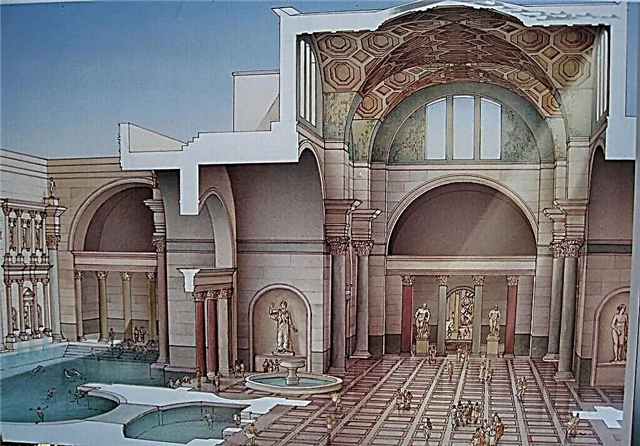Even after two thousand years, countless tourists are striving to get to this amazing place in Rome. Among the majestic ruins of millennia, one does not hear the sounds of flowing water from aqueducts, fountains, the calm surface of artificial lakes is not visible, the heat does not come from the floor covered with ancient mosaics. And only live music of orchestras, performance of musical works by famous masters reminds of the former life of the sights of the city.
The ruins of a monumental architectural structure of Ancient Rome, located next to the ancient Appian Way, are the public baths or baths of Caracalla. An evil, cruel ruler left his eternal mark on the earth in the form of a unique architectural masterpiece that has become a world famous landmark. The article provides information about the famous complex of Ancient Rome, useful before traveling to Rome.
Construction history

The genius of the engineering thought of the ancient city amazes the minds of ordinary people and specialists even today. The eternal city growing on the hills was crossed by several giant arcades, along which pure, life-giving moisture ran from mountain springs. The availability of water allowed the Roman emperors to make the most expensive gift to all segments of the population in the form of public baths.
The idea of building baths was taken by the Romans from the Greeks. These are not just ablution areas, places for hygiene procedures. The Baths of Rome have turned into unique health complexes, centers for leisure, recreation and entertainment. By the way, 800 medium and 5 large centers functioned in the ancient city, which could be used by residents who did not have their own swimming pools.
The final construction of the baths of Caracalla is determined by the year 217 AD. They were breathed into life by the stream of water from the Aqua Antoniniana aqueduct, built from the ancient Aqua Marcia device in operation. A section of the rocky Aventine hill with an area of about 12 hectares was allocated for the new baths. The bath building is surrounded by a park made of beautiful trees and flowers.
A complex of 64 vaulted rooms was built nearby, designed to accommodate swimming pools, stadiums, concert halls, gymnasiums, and a library. The arrangement of all rooms was distinguished by an original way of lighting. The skillfully placed halls were in the sun almost all the time. The walls of the thermal buildings were decorated with colored marble, glass, precious stones, metals, complex, bright mosaics, fabric coverings.
The Baths were considered a miracle of Rome in the 5th century. 1600 people could have a rest in the complex at the same time. The baths operated until the end of the 6th century. Then the invasion of the Ostrogoths destroyed the main asset of the thermal baths, the flow of water. The earthquake of 847 complemented the brutal destruction of buildings. The thermal heating system was operational by the 19th century. Its main part was a huge stove, located under the common plane of all the bathing rooms.
Through numerous chimneys, the heat rose upward, heated the stones with which the loungers and walls were equipped. They kept and distributed heat for a long time. New tremors in 2006 and 2009 dealt another serious blow to the ruins of buildings. The great desire of the inhabitants of the country to preserve their archaeological heritage helps to restore the famous landmark. So, for example, there was an opportunity to admire the amazing polychrome mosaic of the floor of the western wing of the term.
The principle of the device

The premises, working conditions of all bath services were thought out, built, decorated with special skill and skill. The main buildings of the term are the following elements:
1.Main hall. It is located in the center of the building. A powerful staircase led to a very high room. They say that a real pyramid of Egypt could fit in the hall. The huge vault was supported by granite columns. Within the walls of the hall there were two niches with statues of Hercules. It was possible to enter the hall through curved corridors that retain heat for a long time. Windows were made in the walls of the hall. Instead of glass, they contained thin plates carved from the bones of elephants. The temperature here was always high, the air was dry.
2.Frigidarium. Otherwise, "cold bath". After passing through the central arch, the man found himself in the hall, where the slaves took his clothes. Further there was a spacious room with an open-air swimming pool. The ancient Romans considered it harmful to swim in flowing water under the roofs of houses. Therefore, the central pool was equipped in the open air.

3.Dome. This is one of the most unusual elements of the term. A column of sunlight penetrated into the hall through the central opening of the dome. Unnecessary water vapor escaped through it. As the sun moved, the beam produced fantastic lighting effects. The surface of the dome consisted of deep square caissons, decreasing in the lower part. This gave the dome a special egg-shaped shape. Shiny rosettes were mounted inside the caissons, looking like large stars. The original elements gave the dome an unusual lightness, creating the impression of a starry sky.
4. Caldarius. This is a hot bath. It looks like a circular room with hot tubs around the pool. Colored marble loungers are scattered along the walls. Here you could have a massage, rub yourself with incense, oil, and relax.
Next to the hot bath were small rooms that looked like horseshoes. The indoor temperature was lower. The Romans simply rested here, admiring the interesting bas-reliefs, mosaics, sculptures that adorn the premises. They were created by famous Italian craftsmen and brought from different countries. The floor was decorated with mosaics representing fantastic animals, fish, birds.
5.Library. The complex included cozy beautiful courtyards, where the Romans spent hours philosophical conversations and disputes. They confirmed their thoughts with the works of ancient scientists in the library. She occupied the entire corner of the main building. Here were the riches that used to be housed in the library at the Troyan forum.
6.Stadium. The green gymnastic carpet was located behind the thermal building. The stands arranged on the slopes of the hill made it possible to comfortably admire the athletes' competitions. It was possible to do this while lying in the buildings of the complex.
Substructures, palaestra, ablution rooms, dressing rooms, steam rooms, lobbies were comfortable, thought out to the last detail.
Thermes today

The fate of the architectural masterpieces of Rome was difficult. Cruel historical events have saved us only the ruins of an ancient masterpiece. They are gradually restored, filled with new life. This is not a shelter for homeless people in dilapidated buildings. Not a quarry where building materials were mined. Ancient architectural forms are gradually being removed from the soil layer. Antique statues and mosaics that adorned them become open to tourists and residents of the city.
Thanks to the amazing acoustics, the opera house of Rome holds performances and concerts here in the summer. Since 1937, a concert venue with a stage of 1800 square meters has been equipped here. m. Even Verdi's opera "Aida" was staged among the majestic ruins. Elephants, camels, horses moved around the stage importantly. Among the walls of the baths, the voices of Luciano Pavarotti, Jose Carreras, Placido Domingo sounded.
The Baths of Caracalla became the venue for the gymnasts' competitions at the XVII Olympiad in 1960. An interesting moment was the discovery of a sanctuary in a natural cave located in the dungeons of the thermal baths in 1912, called mithraeum.
Opening hours and ticket prices
You can see the attraction from 9 am until the end of the day. Opera, ballet tickets cost up to 100 €.Admission to the term 6 € for adults, 3 € reduced.
Where are the baths and how to get to them
The attraction is located at Viale delle Terme di Caracalla. You can get there by metro line B. Get off at the stop called Circo Massimo. Take a shuttle bus number 160, taxi, rent a car. A visit to the ruins of the thermal baths, modern musical performances taking place here, will fill a person with new strength, good mood, a touch to the atmosphere of distant antiquity.











